Text by Steven Nestor, photos by Michael and Steven Nestor.
Whether it is an issue of the significant passing of time, the exotic locations or the aesthetic, these 43 year old images taken by my father have become an alluring testament to one person’s considered view of a part of the world he was briefly journeying across. It is in today’s increasingly defused photographic world via the likes of Flickr, as well as the manufactured nostalgia of Hipstamatic etc, that images from a private individual shooting long before the digital age and the Internet become increasingly significant. These analogue images were shot for the self and the home and were free from manipulation. They were shot when the opportunity presented itself and the idea that they may one day be available for global viewing was simply beyond the realms of the imagination.
To begin with, it is necessary to be aware that my father was not a ‘photographer’ in the broader understanding of the word. In practical terms, the very publication of these images immediately elevates and redefines the man behind the camera as ‘photographer’; albeit for one short eight-month period of his life. As far as I am aware these are the only images of his in existence: there being nothing to hand from before or after this period under consideration.
Measuring 90 x 90mm, the original prints were kept in two different photo albums with hand written dates and commentary on the reverse side or a numbered key on a separate page. Separately, the negatives had been stored in an attic inside a box and still in their original lab sleeves. The aim of my work with this personal archive is to unify these images into a single body or testament and in so doing re-present them and so offer a re-reading and re-contextualization. Clearly this is not of the caliber of the found work of someone like Vivian Maier who was so diligently aware of the role of photography and the photographer. This small (re)presentation from circa 130 frames is far different in aim, ability, subject matter and aesthetic. The prime goal of this photographer was to record his itinerary laden tours across foreign lands open to only a few. Furthermore, the intended audience for the resulting images was immediate family and friends under a vocabulary of “look at that”, “it was”, “they said” etc.
In common to both albums is the guided nature of many of the photographs within the confines of the ‘tour’. First there is the photographer as a tourist in Soviet Europe, and then as a young Lieutenant in Northern Cyprus on a tour of duty with the United Nations where photographic documentation was guided by the dictates of military duties and planned excursions. Both tours involved crossing and observing frontiers formed as a result of recent turbulent history and where history had yet to decide on frontiers.
It is also important to know that the images presented here are now for the most part considerably larger than the originals and uncropped (the edges of the lab images being cropped under a white border). They are also “richer” than the original sloppy lab prints, even if restoration was kept to a minimum (a few B&W and colour analogue prints have been made). More importantly, this work – a sample of which is being shown here – is an editing of a larger body of images, although the titling and original order remain faithful.
Of note too in these images is the creeping presence of colour photography in the first tour. Based on the results there followed a clearly deliberate decision to abandon black and white photography entirely for the second tour. Why? Were the results in colour viewed as “better” in much the same way as the when the arrival of digital offered some sort of “advance”? I also noted that while the period in Cyprus is supported by documentation and letters, the order of the images in their album was not chronological, and months suffice for the precise dates of the European tour. Perhaps monochromatic photographs are more inviting of the written word.
The years in question and the locations are also interesting in what is present and what is absent. The Cold War was running hot in Vietnam, Israel had recently beaten her neighbours in the first of many confrontations and Northern Ireland was slipping into a prolonged civil conflict. Where, for example, in these images are the traces of the Prague Spring of 1968? Where is that acrid atmosphere so keenly captured by Koudelka? Only a year had passed. Who had been in that trophy Jordanian tank when it was knocked out? Only a couple of years had passed. But for the found negatives, this photographer would have remained as anonymous as that tank crew.
On a human level I am also interested in knowing who the few people in the frames are. Who are the women on the bridge in Prague? Were they locals or fellow travellers? I am curious too about that heavy arm present in the Brandenburg Gate frame and the woman accidentally crossing the frame in Minsk. And those men walking down the street in Beirut; what did the Lebanese Civil War do to them? Were they pitted against each other? Are they dead or alive? As a last curiosity, I would be interested to know how many images exist of this accidental photographer. Whose frames did he traverse, accidentally or not?
As a partial extension and conclusion of this work, in April of 2008 I went to Berlin with a contact sheet I made of the black and white negatives from that city 39 years prior. I was curious to know whether I would be able to find any of the streets photographed. The most obvious starting point was the Brandenburg gate. I positioned myself in the approximate place where the original shot had been taken, though as expected the site had been significantly altered since the fall of the Wall; no longer isolated ground between two utterly opposed ideological spheres. However, in “reshooting” the Gate I knew I was not being “faithful” to the original. Instead of a hot August day it was cold, raining, built-up, crowded and full of cars.
Nevertheless, when I got to Karl-Marx Allee the following day I was astonished at the way it was so instantly recognizable from the original frame. The pedestrian crossing was there, as was the streetlight. Even the flagstones and vitrines outside the cinema were unaltered. Crowd and rain free, I was standing in the same spot looking at a barely altered environment, and through a similar waist level medium format camera. I was confronting a “lost world” I had expected to be wholly inaccessible and absent. It’s difficult to express the profound sensation of that visual connection, standing on a non-descript flagstone, which had suddenly become a sort of node or ingress point. The only significant alteration was the maturing trees. Later, a line from Camera Lucida came to mind in considering this unexpected confrontation when Barthes wrote of the impression made on him in looking at a photograph of Napoleon’s younger brother Jerome: “I am looking at the eyes that looked at the emperor” (Barthes, 1981: 3).
Some twelve years after these images were taken, not far outside of Beirut, it was the photographer who was taken in one of Lebanon’s seemingly eternal maelstroms. And while the title, The Accidental Photographer, may seem like an exaggeration – even ironic – decisions about the use of colour and composition do in the end bring the man closer to the title of ‘photographer’, however brief the period.
Please visit Steven Nestor website for more photos and stories.

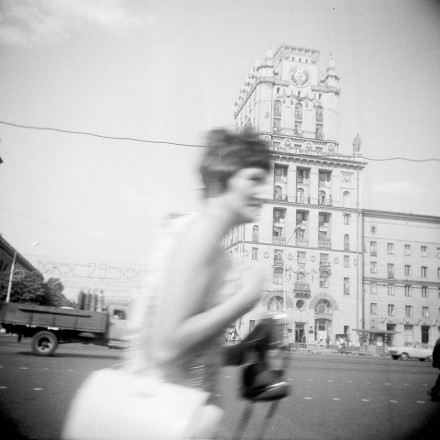
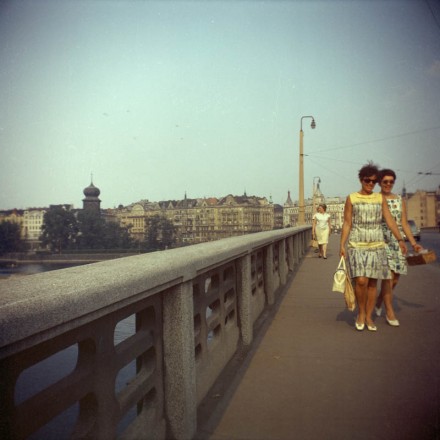
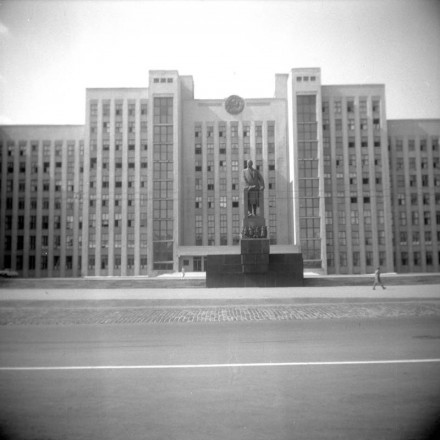
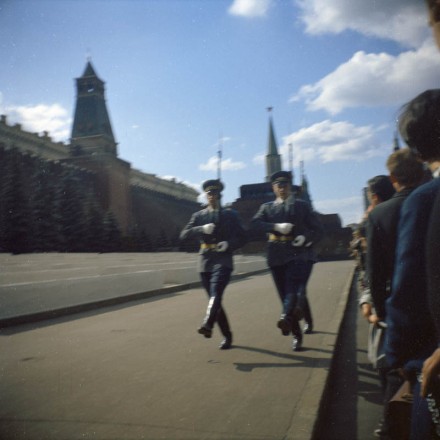
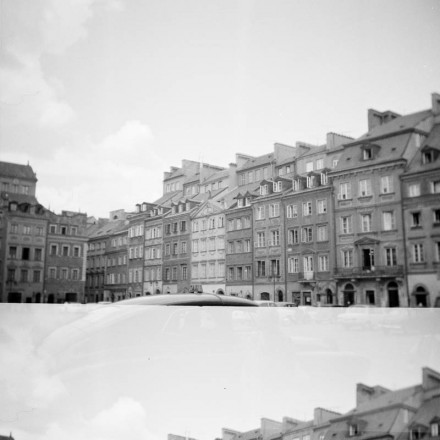
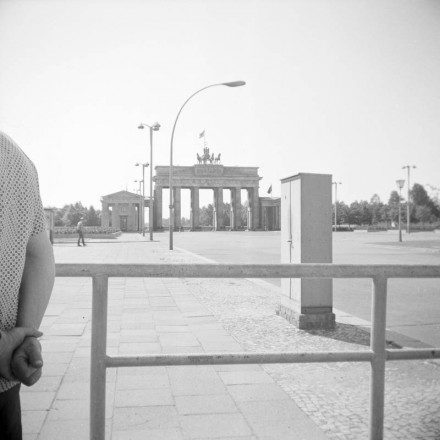
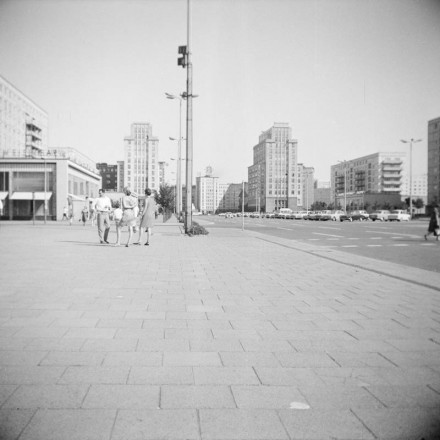
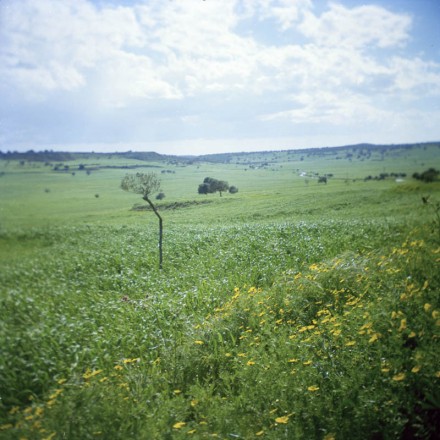
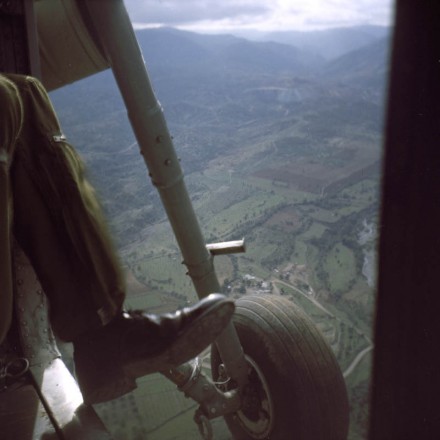
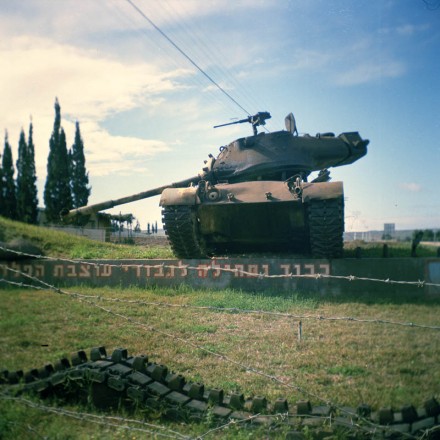
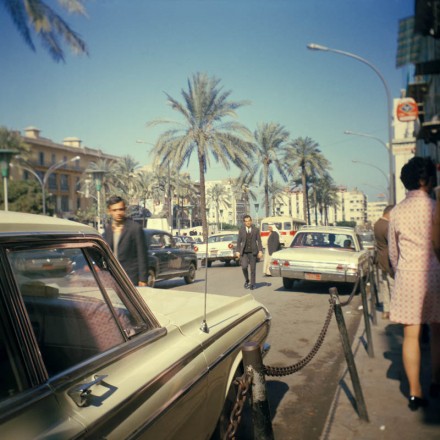
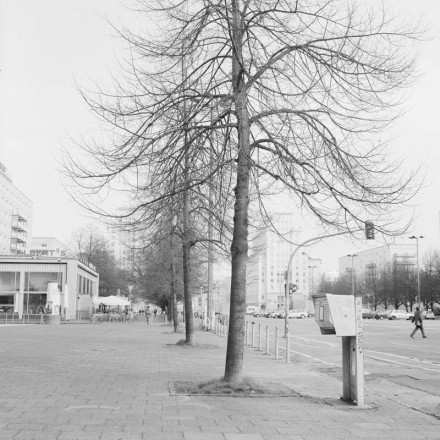
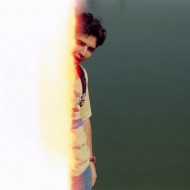
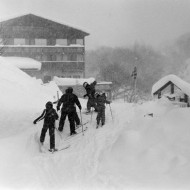
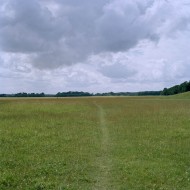
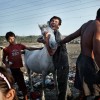
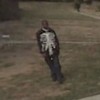





























You can also subscribe to this post comments RSS feed.